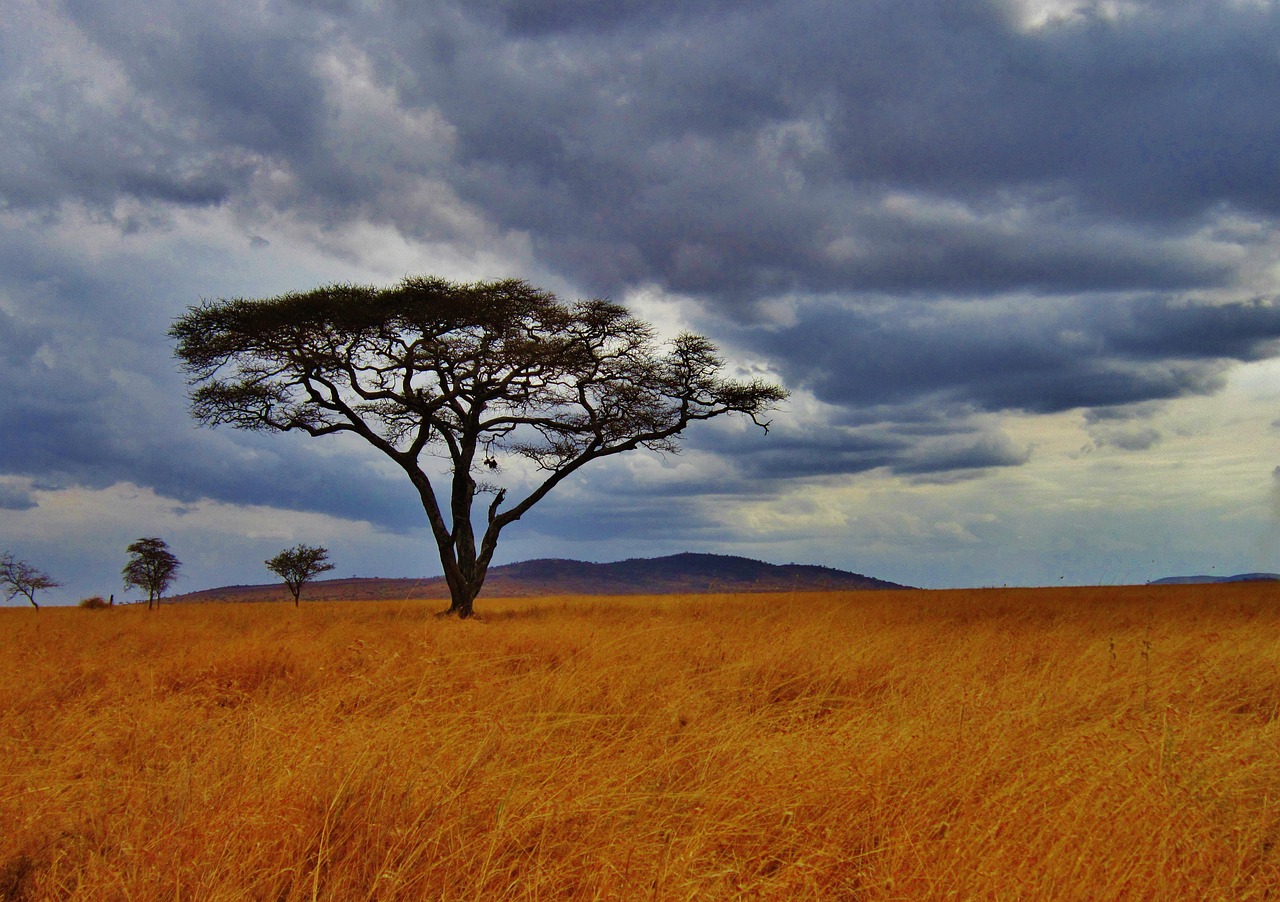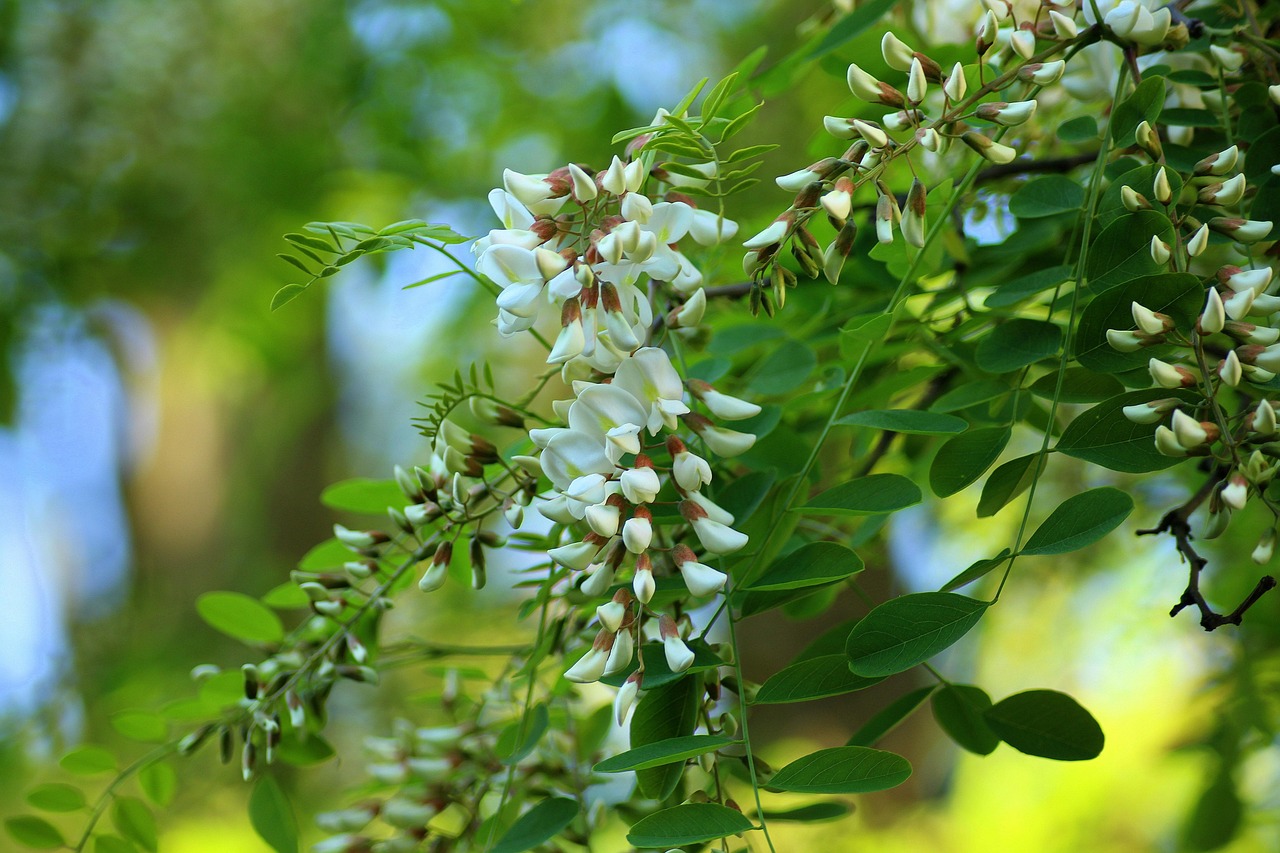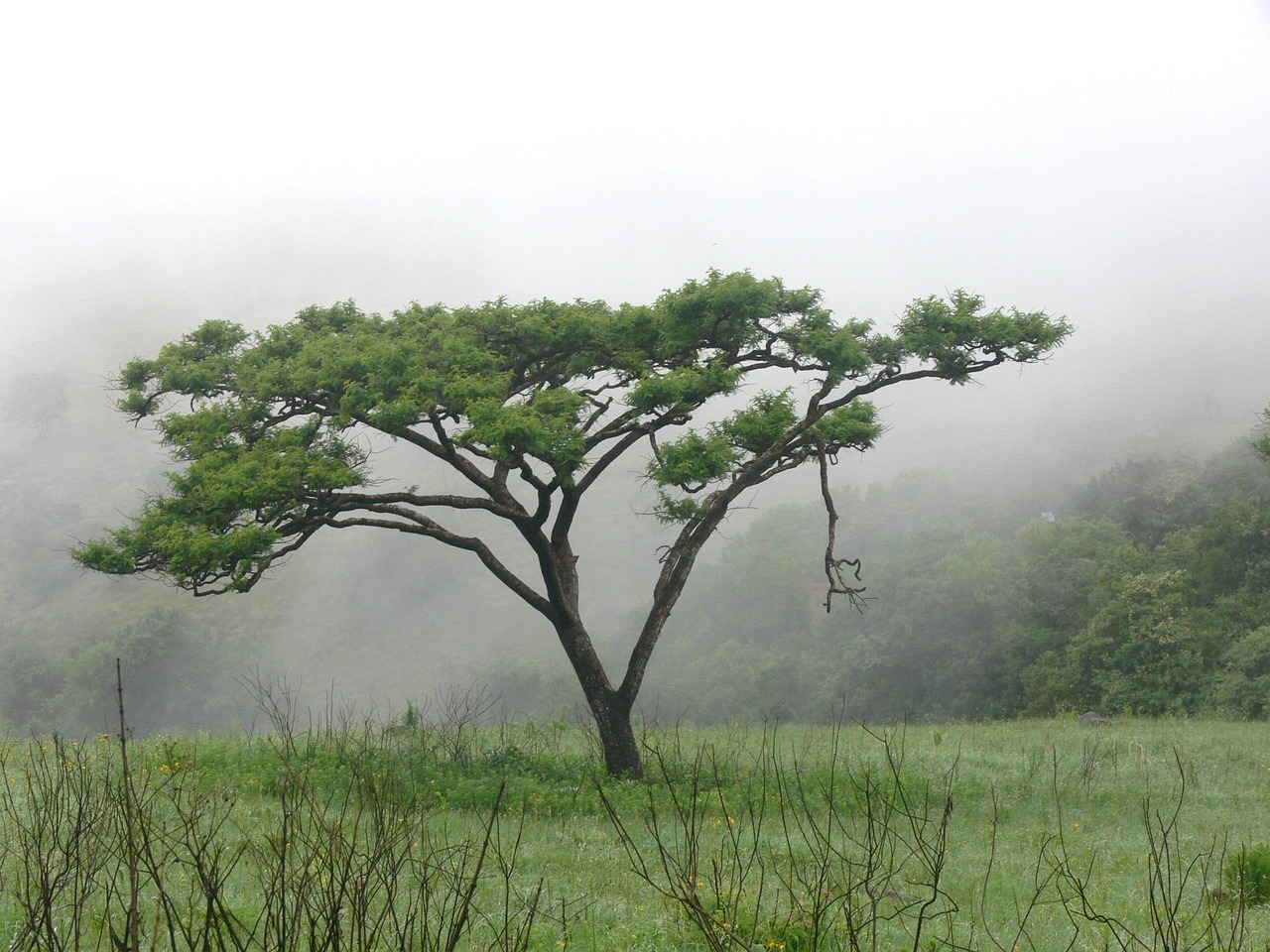To successfully cultivate Acacia trees, ensure you select the right species for your climate, provide adequate sunlight, and maintain well-drained soil. Regular watering during the establishment phase, along with appropriate pruning, will promote healthy growth and resilience against pests and diseases.
Acacia trees are known for their stunning foliage and vibrant flowers. They belong to the legume family and are native to various regions, primarily Australia and Africa. With over 1,300 species, Acacia trees vary significantly in size and shape. Some species are small shrubs, while others can grow into large trees reaching heights of up to 30 meters. This diversity makes Acacia trees suitable for different landscaping needs, from ornamental gardens to reforestation projects.
One of the defining characteristics of Acacia trees is their ability to thrive in a range of soil types. However, they prefer well-drained soils that are rich in organic matter. Their deep root systems allow them to access water and nutrients, making them resilient in dry conditions. Understanding the specific requirements of the Acacia species you choose is crucial for successful cultivation.
When planning to grow Acacia trees, consider their growth conditions. They require plenty of sunlight, ideally at least six hours a day. Insufficient light can lead to weak, spindly growth. Additionally, Acacia trees benefit from regular watering, especially during their early growth stages. Once established, they become drought-tolerant but still appreciate occasional watering during prolonged dry spells.
Key Cultivation Tips for Acacia Trees

Here are essential tips to help you cultivate healthy Acacia trees:
- Select the Right Species: Choose an Acacia species that suits your local climate and soil conditions.
- Soil Preparation: Prepare well-drained soil enriched with organic matter for better growth.
- Sowing Seeds: If starting from seeds, soak them in water for 24 hours before planting to enhance germination.
- Sunlight Requirement: Ensure the chosen location receives ample sunlight throughout the day.
- Watering: Water young trees regularly until they are well-established.
- Fertilization: Use a balanced fertilizer sparingly to avoid excessive foliage growth that can lead to weak branches.
- Pruning: Prune regularly to maintain shape and remove any dead or diseased branches.
Acacia trees also play a vital role in their ecosystems. They are nitrogen-fixing plants, meaning they can enrich the soil by converting atmospheric nitrogen into forms usable by plants. This characteristic makes them excellent choices for improving soil health in agricultural settings or for use in landscaping projects aimed at restoration or sustainability.
Understanding pests and diseases that may affect Acacia trees is also crucial. Common issues include leaf-eating insects and fungal infections. Regular monitoring and early intervention can prevent these problems from becoming severe. Integrated pest management strategies can be helpful in maintaining tree health without relying heavily on chemical treatments.
In summary, cultivating Acacia trees involves careful planning and attention to their specific needs. With the right conditions and care, these trees can thrive, providing beauty and ecological benefits for years to come. As you embark on your journey with Acacia cultivation, keep these foundational tips in mind for a successful growing experience.
Choosing the Right Acacia Species
Selecting the appropriate Acacia species is fundamental to successful cultivation. Different species have varying growth requirements and characteristics. Understanding these differences will help you choose the right tree for your landscape or project.
- Acacia dealbata: Also known as the silver wattle, this species is popular for its beautiful yellow flowers and is suitable for temperate climates.
- Acacia mangium: A fast-growing species often used in reforestation, it thrives in tropical regions and is resistant to pests.
- Acacia koa: Native to Hawaii, this species is valued for its wood and can grow well in volcanic soil conditions.
- Acacia saligna: Known as the golden wreath wattle, it is drought-tolerant and ideal for arid regions.
When choosing a species, consider local climate conditions, soil type, and intended use. Some species may be better suited for ornamental purposes, while others are more appropriate for erosion control or timber production.
Soil Preparation and Planting Techniques
The success of Acacia trees largely depends on proper soil preparation and planting techniques. Here are some steps to follow:
- Soil Testing: Conduct a soil test to determine pH and nutrient levels. Acacia trees prefer slightly acidic to neutral soils (pH 6.0 – 7.0).
- Soil Amendments: Based on test results, add organic matter such as compost or well-rotted manure to improve soil fertility and drainage.
- Site Selection: Choose a sunny location with good air circulation to prevent fungal diseases.
- Planting: Dig a hole twice the width of the root ball and slightly deeper than its height. Place the tree in the hole, ensuring that the root collar is level with the soil surface.
- Watering: Water the tree thoroughly after planting to eliminate air pockets and help establish roots.
Proper planting techniques can significantly reduce transplant shock and promote healthy growth. It is essential to maintain a consistent watering schedule during the first few months after planting.
Watering and Fertilization Strategies
After establishing Acacia trees, understanding their watering and fertilization needs is crucial for long-term health. Here are some guidelines:
- Watering Frequency: In the first year, water deeply once a week. As they mature, Acacia trees require less frequent watering.
- Drought Tolerance: Most Acacia species are drought-tolerant once established but will benefit from additional water during prolonged dry spells.
- Fertilization: Apply a balanced fertilizer only in early spring if needed. Over-fertilization can lead to excessive vegetative growth and weaken the tree.
Monitoring soil moisture levels will help you adjust your watering schedule accordingly. Mulching around the base of the tree can also retain soil moisture and suppress weeds.
Pest Management for Healthy Growth
Pest management is an integral part of Acacia tree care. Several pests may target these trees, including aphids, scale insects, and borers. Here are some effective strategies to keep your trees healthy:
- Regular Inspections: Check your trees frequently for signs of pest activity or disease.
- Natural Predators: Encourage beneficial insects like ladybugs that feed on aphids and other harmful pests.
- Pest Barriers: Use physical barriers such as insect netting to protect young trees from pests.
- Organic Treatments: Consider using insecticidal soap or neem oil as organic treatments for controlling infestations.
Implementing these pest management strategies will help maintain the health of your Acacia trees while minimizing the need for chemical interventions.

Pruning Techniques for Acacia Trees

Pruning is an essential practice for maintaining the health and aesthetic appeal of Acacia trees. Proper pruning encourages healthy growth, improves air circulation, and facilitates better light penetration. Here are some key pruning techniques to consider:
- Timing: The best time to prune Acacia trees is during their dormant season, typically late winter or early spring. This minimizes stress on the tree and promotes vigorous growth in the spring.
- Removing Dead or Diseased Wood: Regularly inspect your trees for any dead, damaged, or diseased branches. Removing these helps prevent the spread of pests and diseases.
- Shaping the Tree: To maintain a balanced shape, selectively prune branches that are crossing or growing inward. Aim for a central leader to encourage upward growth.
- Thin Out Crowded Areas: If the tree has dense foliage, thin out some branches to improve air circulation and reduce the risk of fungal diseases.
Always use clean, sharp tools when pruning to make clean cuts and reduce the risk of infection. It is also advisable to make cuts at a 45-degree angle to promote water runoff and prevent rot.
Common Diseases Affecting Acacia Trees
Acacia trees can be susceptible to various diseases that may hinder their growth and overall health. Recognizing and addressing these diseases early can prevent major damage. Here are some common diseases to watch for:
- Root Rot: Caused by overwatering or poorly drained soil, root rot can lead to tree decline. Symptoms include yellowing leaves and overall wilting.
- Powdery Mildew: This fungal disease manifests as white powdery spots on leaves. Good air circulation and proper spacing can help prevent its occurrence.
- Leaf Spot: Caused by various fungi, leaf spot results in dark brown or black spots on leaves. Regular monitoring and removal of infected leaves can mitigate its spread.
- Fusarium Wilt: This soil-borne fungus attacks the vascular system of the tree, leading to yellowing leaves and branch dieback. It is difficult to treat once established.
Implementing good cultural practices can significantly reduce the risk of these diseases. Proper spacing, watering techniques, and soil management are crucial in promoting healthy Acacia trees.
Managing Acacia Tree Growth
Understanding how to manage the growth of Acacia trees effectively ensures they thrive in your landscape. Growth management involves several aspects:
- Spacing: When planting multiple Acacia trees, ensure there is adequate space between them to allow for their mature size. This prevents competition for resources and promotes healthy growth.
- Support Structures: Young Acacia trees may require staking for support, especially in windy areas. Use soft ties and avoid constricting the trunk as it grows.
- Watering Practices: Adjust your watering habits based on seasonal changes. During dry periods, ensure that trees receive enough moisture without becoming waterlogged.
By managing these factors, you can encourage vigorous growth while maintaining the overall health of your Acacia trees.
The Role of Mulching in Acacia Care

Mulching is an effective technique that benefits Acacia trees in several ways. Applying mulch around the base of the tree helps conserve moisture, suppress weeds, and regulate soil temperature. Here are some tips for effective mulching:
- Selecting Mulch Material: Organic mulches such as wood chips, straw, or bark are ideal as they decompose over time and enrich the soil.
- Applying Mulch: Spread a layer of mulch 3 to 5 inches deep around the base of the tree, keeping it a few inches away from the trunk to prevent rot.
- Replenishing Mulch: Regularly check the mulch layer and replenish it as needed to maintain its effectiveness over time.
Incorporating mulching into your care routine will enhance the overall health of your Acacia trees while minimizing maintenance tasks such as weeding and watering.
Additional Considerations for Acacia Tree Cultivation
While the previous sections have covered essential aspects of Acacia tree cultivation, there are additional factors to consider that can enhance your growing experience and ensure your trees thrive.
Climate and Environmental Adaptability
Acacia trees are incredibly adaptable and can thrive in a wide range of climates. However, understanding the specific requirements of the species you choose is crucial. For instance:
- Tropical and Subtropical Regions: Species such as Acacia mangium flourish in these warm climates and are often used in reforestation projects.
- Temperate Regions: Acacia dealbata, or silver wattle, is well-suited for moderate climates and can withstand cooler temperatures.
- Drought-Prone Areas: Species like Acacia saligna are excellent choices for arid conditions due to their drought-resistant characteristics.
Before planting, evaluate your local climate and select an Acacia species that will perform well in those conditions. This attention to detail can significantly impact the success of your cultivation efforts.
Companion Planting with Acacia Trees
Companion planting is a gardening technique that involves growing different plants in proximity for mutual benefits. Acacia trees can be excellent companions for various plants due to their nitrogen-fixing abilities. Here are some beneficial pairings:
- Vegetables: Legumes such as peas and beans benefit from the nitrogen-rich soil created by Acacia roots.
- Herbs: Herbs like basil and cilantro can thrive in the nutrient-rich environment provided by Acacia trees.
- Flowering Plants: Incorporating flowering plants like marigolds can attract beneficial pollinators and pest predators.
Choosing the right companion plants can enhance the biodiversity of your garden, increase resilience against pests, and improve soil health.
Sustainability and Ecological Benefits
Acacia trees offer numerous ecological advantages beyond their ornamental value. They contribute to sustainability in various ways:
- Soil Improvement: Their nitrogen-fixing properties improve soil fertility, making them valuable in agricultural land management.
- Erosion Control: The deep root systems of Acacia trees help stabilize soil, preventing erosion in vulnerable areas.
- Wildlife Habitat: Acacia trees provide food and shelter for various wildlife species, including birds and insects, supporting local ecosystems.
Incorporating Acacia trees into your landscape not only enhances its beauty but also contributes positively to the environment.
Final Thoughts
Successfully cultivating Acacia trees involves a combination of proper selection, care, and management practices. From choosing the right species for your climate to implementing effective watering, pruning, and pest management strategies, each aspect plays an essential role in ensuring healthy growth. Understanding the ecological benefits and sustainability of Acacia trees further enriches their value in both urban and rural settings.
As you embark on your journey with Acacia cultivation, remember to remain attentive to their needs. Engage with local gardening communities or resources for additional support and knowledge. With dedication and care, your Acacia trees will not only thrive but also contribute positively to your landscape and environment for years to come.
